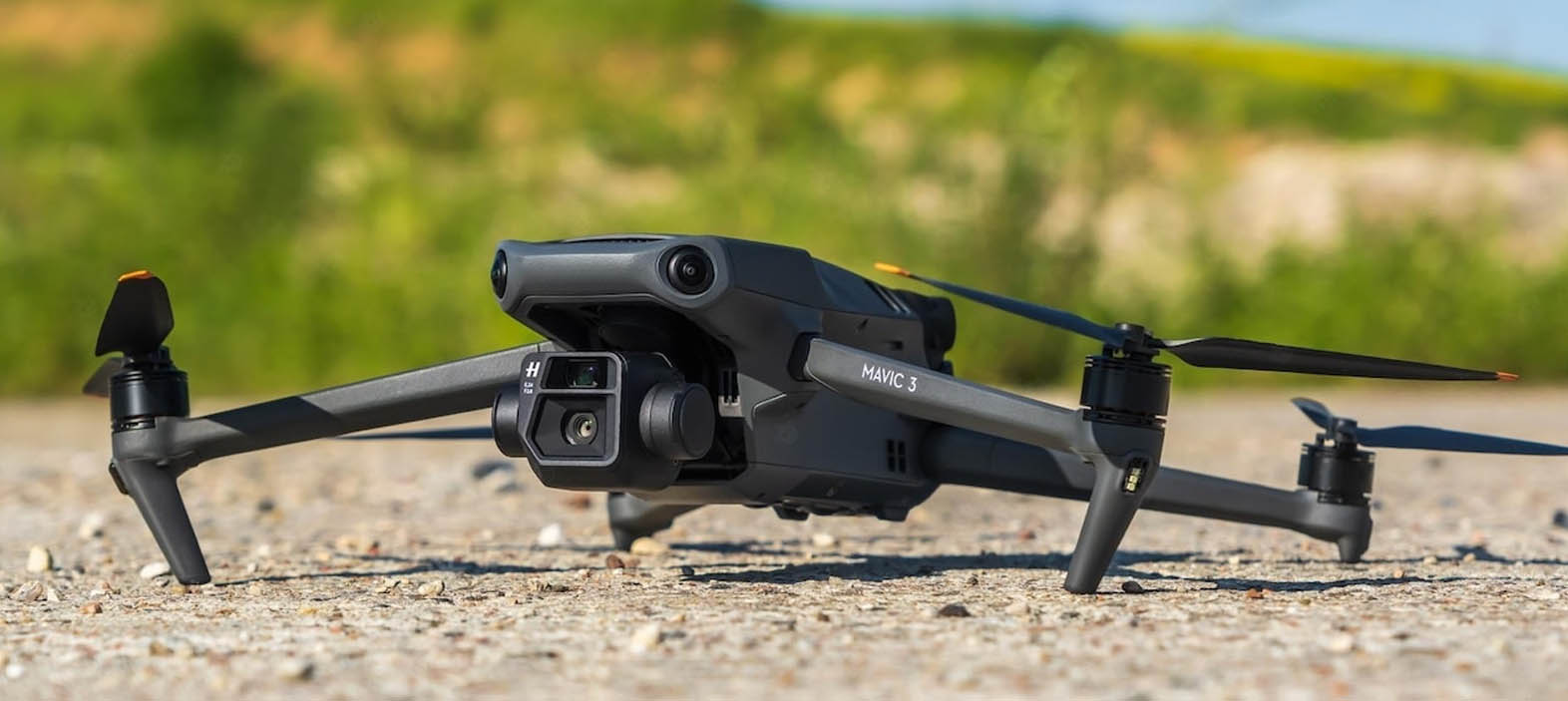
Why Carbon Fiber is a preferred material for making Drones?
👁 Reads: 2399
Drones or UAVs (unmanned aerial vehicles) have been reshaping the world. Offering solutions in security, military operations, traffic surveillance, logistics and so much more, they are an upcoming technology promising a world of great opportunities. Carbon fiber is preferred as a material for making drones due to its unique combination of properties that make it well-suited for this application. The composite material has a unique strength-to-weight ratio that is preferable in the construction of drones and their required parts.
Here are some reasons why carbon fiber is commonly used in drone construction:
Lightweight and High Strength
Drones need to be light to maximize their flight time and maneuverability. Carbon fiber's high strength-to-weight ratio allows for a sturdy structure without adding excessive weight.
It also possesses excellent tensile strength, meaning it can withstand significant loads and forces without deforming or breaking. This strength is essential for withstanding the stresses encountered during flight, such as wind forces and abrupt maneuvers.
Stiffness
Carbon fiber is known for its high stiffness or rigidity. Drones require a rigid structure to maintain stability and responsiveness during flight. Carbon fiber's stiffness helps minimize flexing and vibrations, allowing for better control and maneuverability.
Durable and Corrosion Resistant
The composite material can withstand harsh environments and impacts better than many other materials. This resilience is important for drones that may encounter rough landings, collisions, or extreme weather conditions.
Furthermore, carbon fiber does not corrode like metals, making it suitable for drones used in outdoor or marine environments. This corrosion resistance ensures the longevity of the drone's structure even when exposed to moisture or saltwater.
Electrical Insulation
Carbon fiber is an excellent electrical insulator. In drone design, where numerous electronic components and wiring are involved, using a non-conductive material like carbon fiber helps prevent electrical interference and short circuits.
Design Flexibility
Carbon fiber composites can be molded into complex shapes, allowing for intricate and aerodynamic designs. This flexibility in design enables drone manufacturers to optimize aerodynamic efficiency and reduce drag, further enhancing flight performance.
Disadvantages of Carbon Fiber in Making Drones
- Relatively expensive compared to other materials commonly used in drone manufacturing, such as plastics or metals. The cost of carbon fiber sheets, resin, and the manufacturing process itself can significantly increase the overall cost of producing carbon fiber drones.
- The manufacturing process for carbon fiber drones is more complex compared to other materials. It involves steps such as layup, resin infusion, and curing, which require specialized equipment and expertise. This complexity can result in longer production times and higher manufacturing costs.
- The brittle nature of carbon fiber can fracture or shatter under excessive impact or stress, which can potentially lead to structural failure if not properly designed or protected.
- The electrical conductivity is a disadvantage in certain situations. In drones, where electrical components and systems are present, precautions must be taken to prevent electrical interference or short circuits. Insulation or shielding measures are often required to mitigate these risks.
Despite these disadvantages, the unique properties of carbon fiber often outweigh the drawbacks, particularly for high-performance drones used in professional and advanced consumer applications where lightweight, strength, and durability are critical factors.
Manufacturing of Carbon Fiber Drones
It's important to note that the manufacturing process may vary depending on the specific drone design, manufacturer, and production scale. Advanced techniques such as automated layup, CNC machining, and 3D printing may also be employed to streamline the manufacturing process and enhance precision. The manufacturing process of carbon fiber drones involves several steps. Here is a general overview of the process:
Design: The drone's design is first conceptualized, taking into account factors such as flight performance, payload capacity, and aerodynamics. Computer-aided design (CAD) software is commonly used to create a 3D model of the drone.
Mold Creation: A mold is created based on the drone's design. The mold is typically made from materials such as foam, wood, or fiberglass. The mold will define the shape and dimensions of the drone's carbon fiber components.
Preparing Carbon Fiber Sheets: Carbon fiber sheets, which consist of woven carbon fiber fabric infused with resin, are cut into the desired shapes and sizes. The carbon fiber fabric comes in different weights and weaves, depending on the required strength and stiffness.
Layup: The carbon fiber sheets are carefully laid up onto the mold, following the specific layering sequence and orientation as determined by the design. The sheets are positioned in a way that optimizes strength and stiffness while minimizing weight.
Resin Infusion: Once the carbon fiber sheets are laid up, the entire structure is infused with resin. This can be done through vacuum bagging or resin infusion techniques. The resin fills the gaps between the carbon fiber layers, bonding them together and forming a solid composite structure.
Curing: After resin infusion, the drone's components are placed in an oven or subjected to heat to initiate the curing process. Curing solidifies the resin, creating a rigid and durable structure. The curing time and temperature vary depending on the resin used.
Trimming and Finishing: Once the cured components are removed from the mold, excess carbon fiber and resin are trimmed off to achieve the desired shape and size. The edges are sanded or smoothed out to ensure a clean finish.
Assembly: The individual carbon fiber components, such as the frame, arms, and landing gear, are assembled together along with other drone hardware like motors, propellers, flight controllers, and electronic systems. This involves attaching the components using screws, bolts, or adhesive bonding.
Testing and Quality Control: The completed drone undergoes rigorous testing and quality control procedures. This includes checking for structural integrity, balance, and functionality. Flight tests may also be conducted to ensure proper performance and stability.
Packaging and Distribution: Once the drones pass all quality checks, they are packaged and prepared for distribution to retailers or customers.





